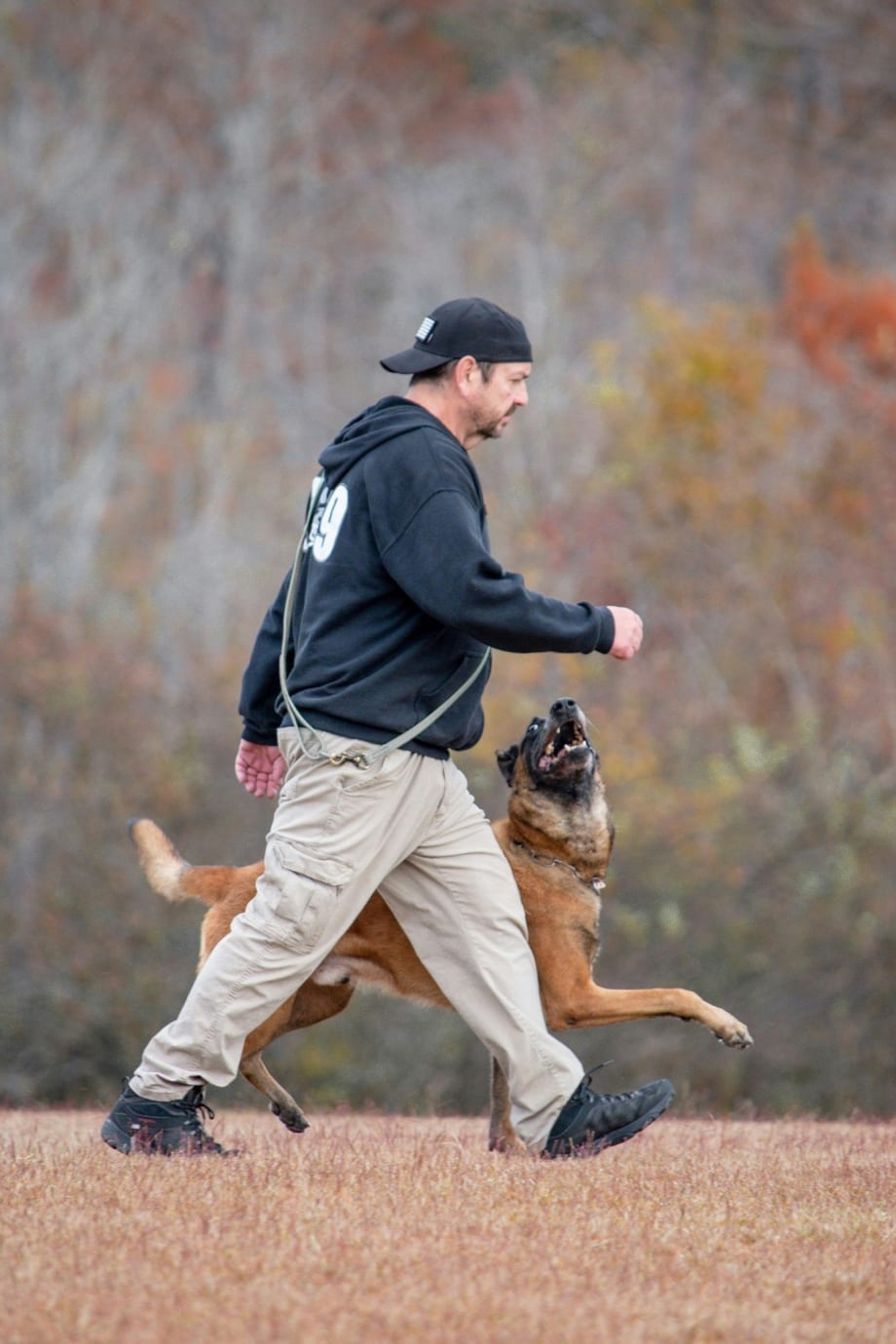A marker is a signal from the handler that tells the dog it is doing the right thing. It is a cue that tells the dog if they continue this behavior, reinforcement will follow. A marker might be a clicker that makes a sound or vibration that the dog recognizes as positive reinforcement, or even a word or a specific way of petting them that says they are doing well.
“We are signally to the dog that they did the right thing,” he says. “For example, you might recall a dog and when he’s halfway to you, give them the down command. If the dog lays down fast, you can mark the behavior and release him to the reward! When he runs over to you, you can reward him. This allows us to use markers as a bridge over distance and time from behavior to reward delivery.”
Bradshaw adds punishment markers also are used to correct a dog. For example, handlers might mark a bad behavior using using the word "no," and following it with a leash correction. This classical conditioning gives the marker power during off-leash applications.
“But mostly, you want to call attention to the things the dog is doing well,” he says. “You need to be very precise in marking good behavior and marking unacceptable behavior. This creates more clarity of communication. It allows us to have a better relationship with the dog, so they understand why they are receiving positive reinforcement or a correction.”
Ask for Help
Bradshaw stresses many police handlers do not understand the procedures and techniques that will help them better control their dogs, even during high arousal states and distractions.













